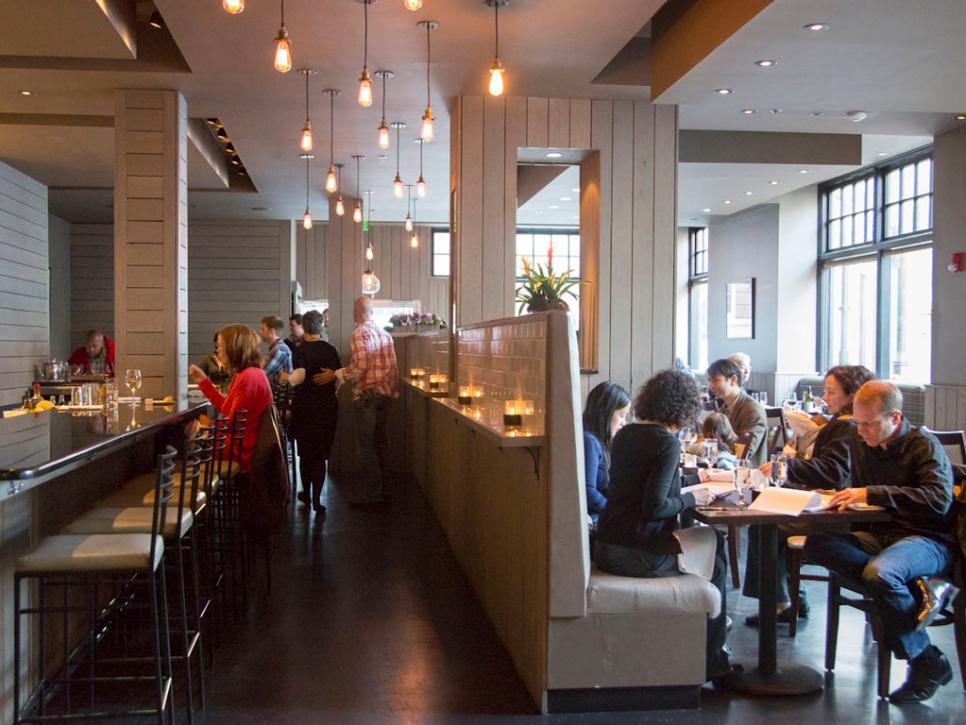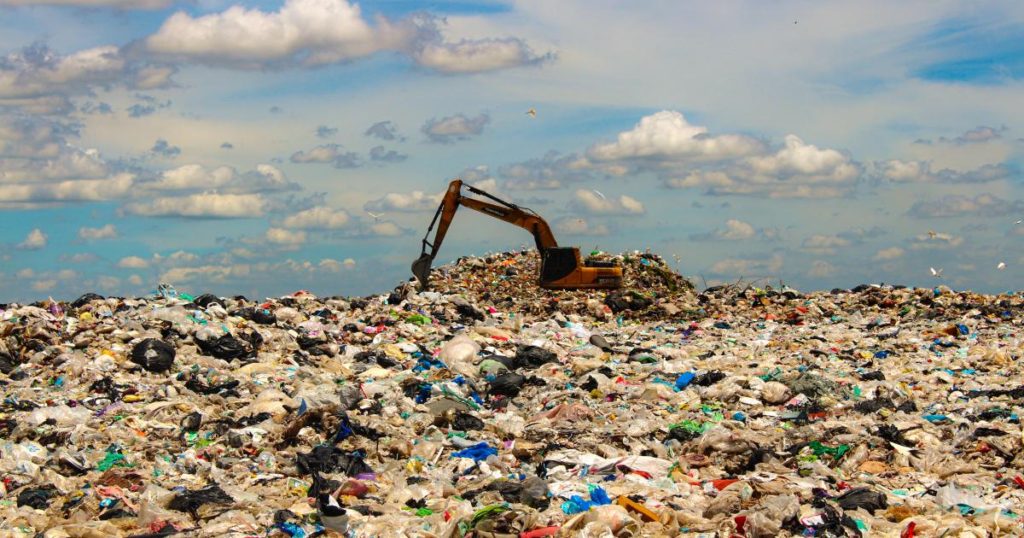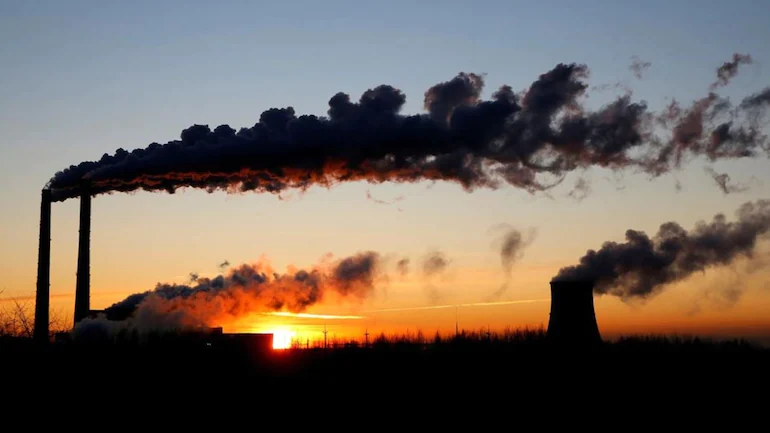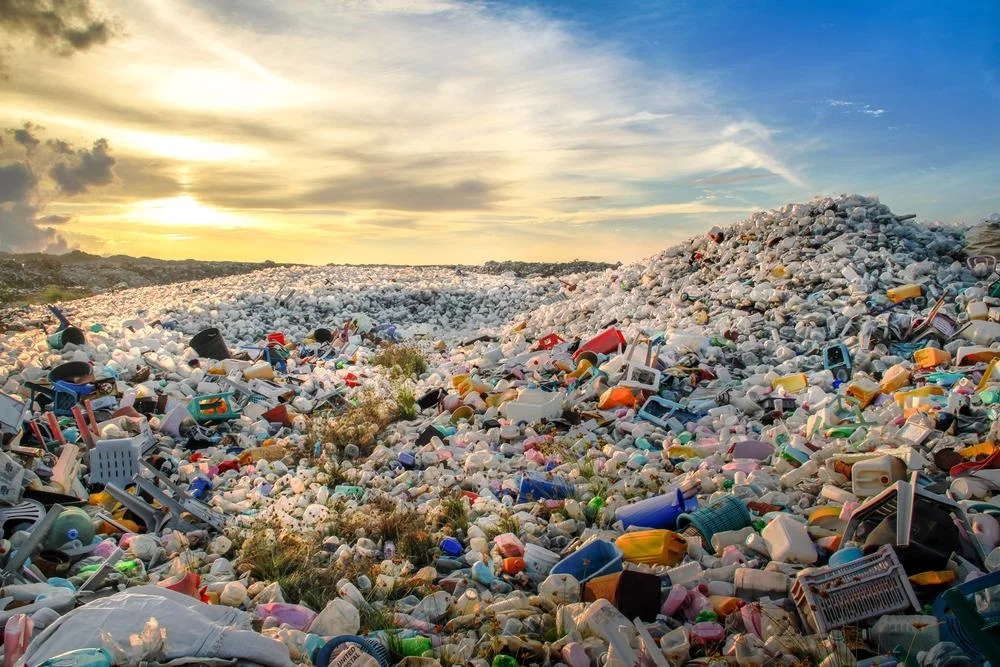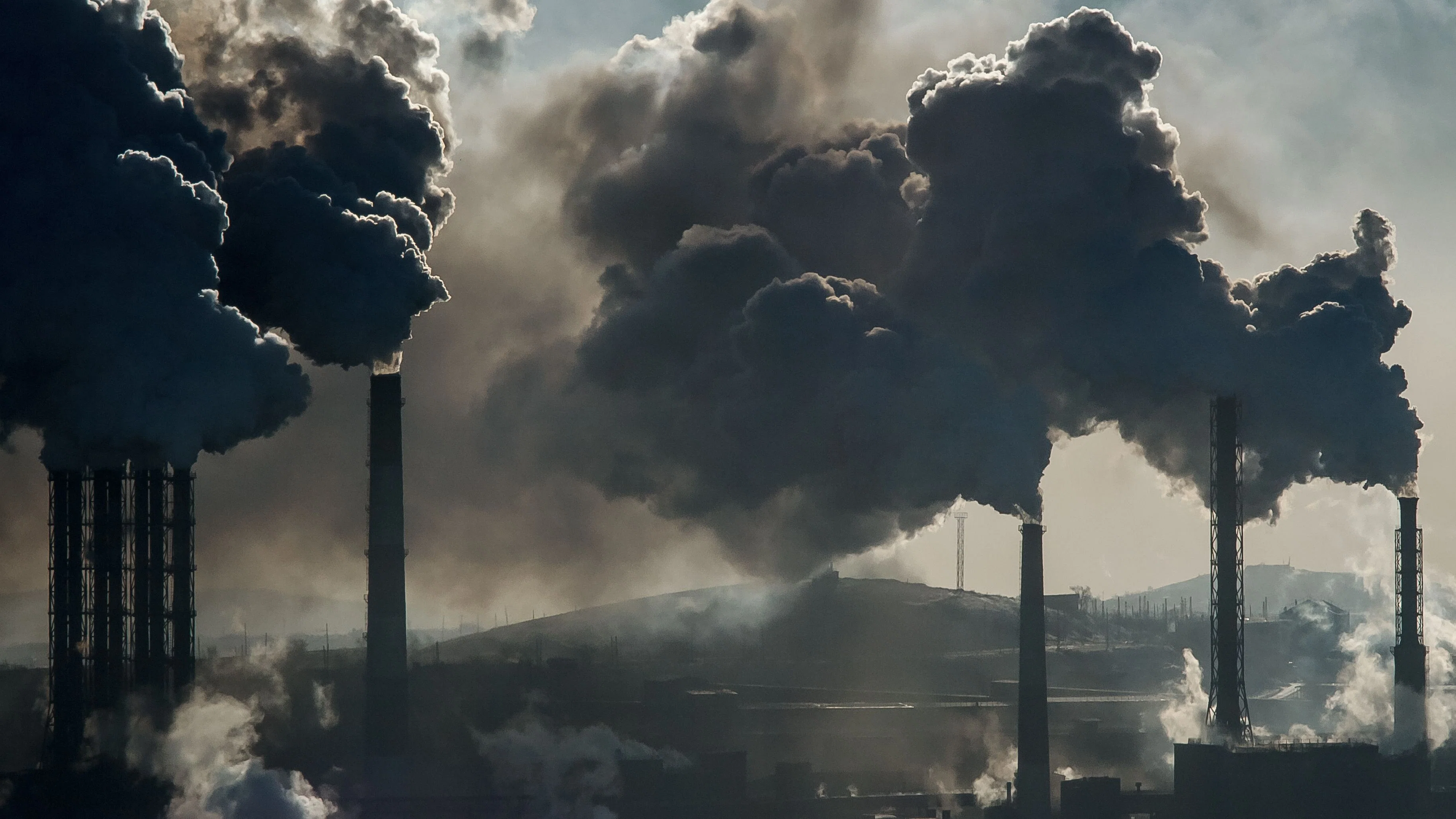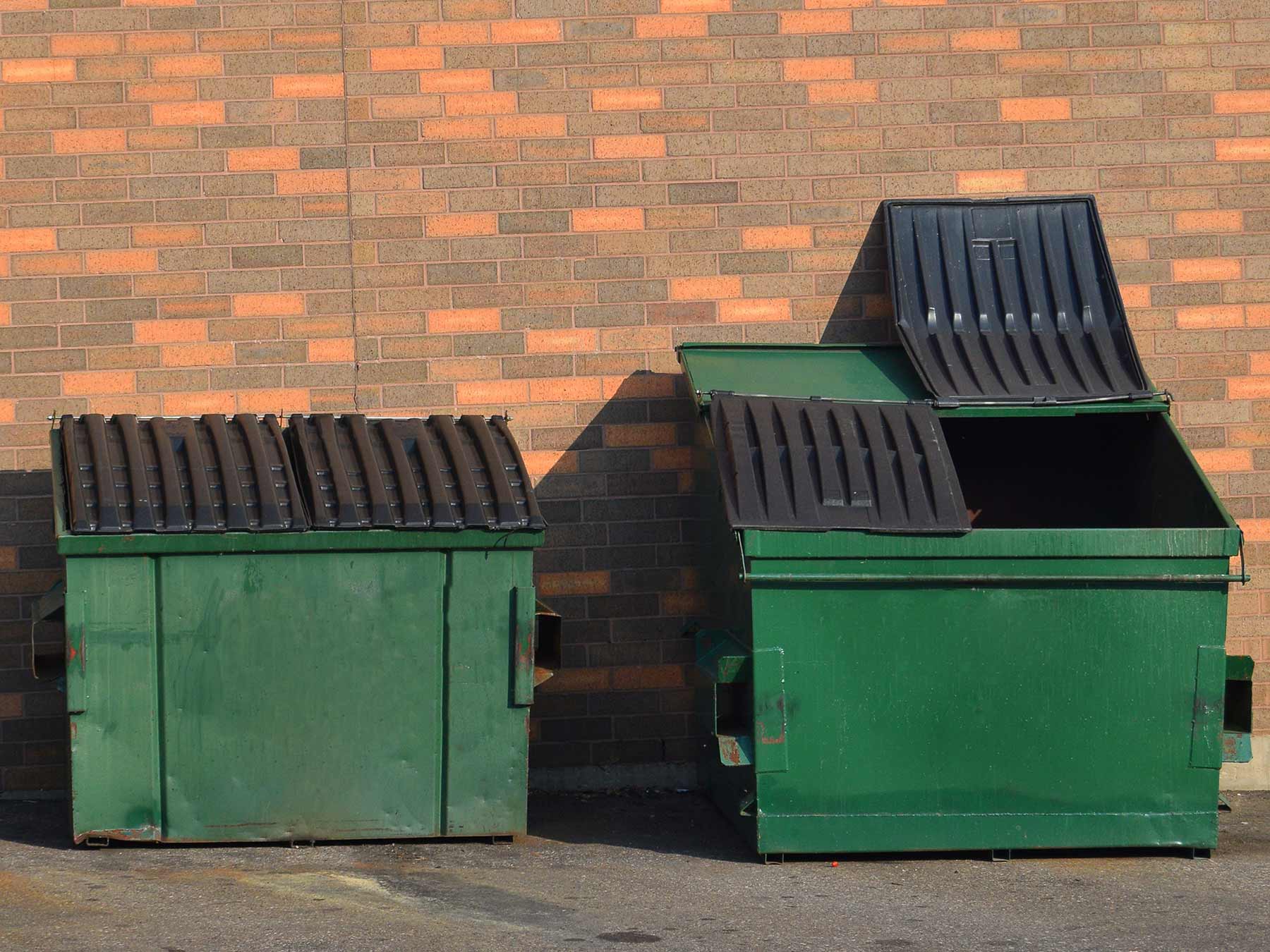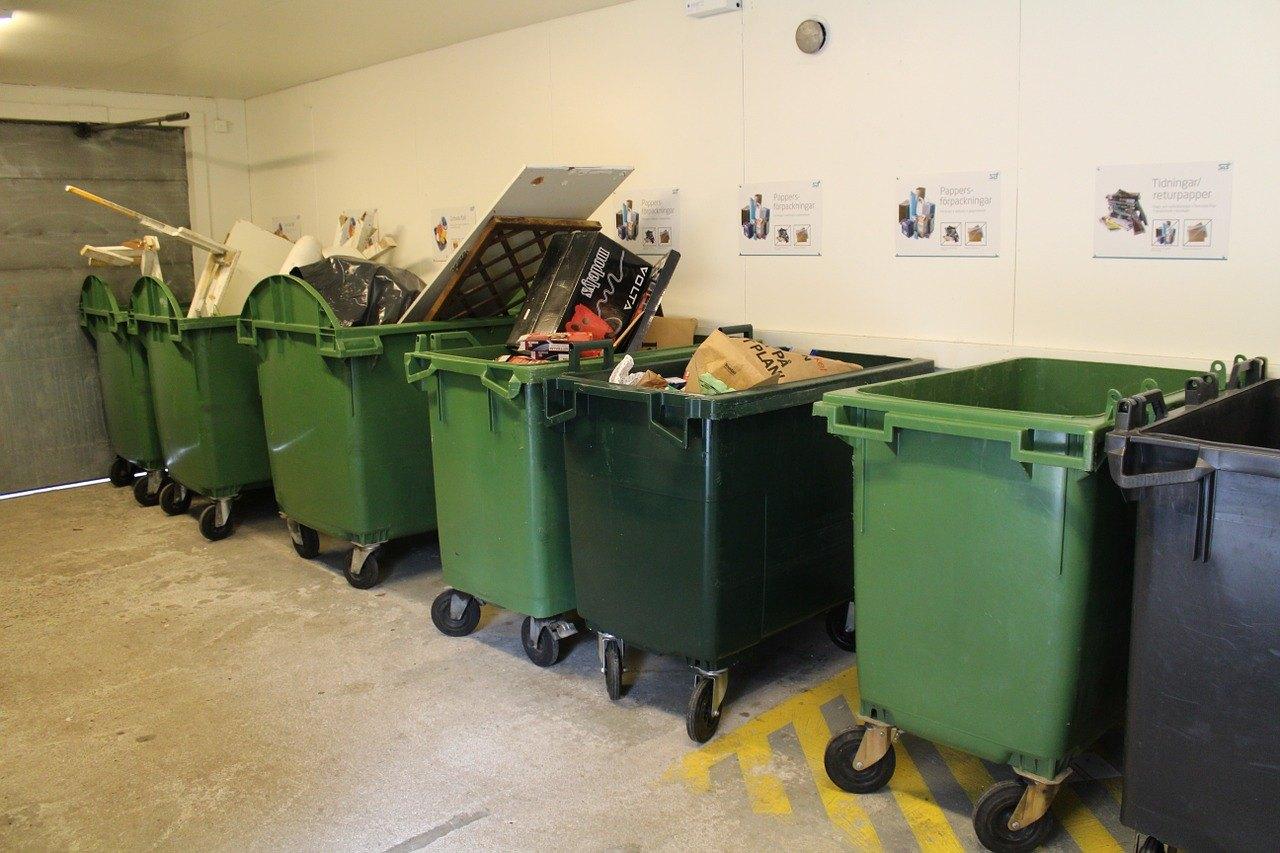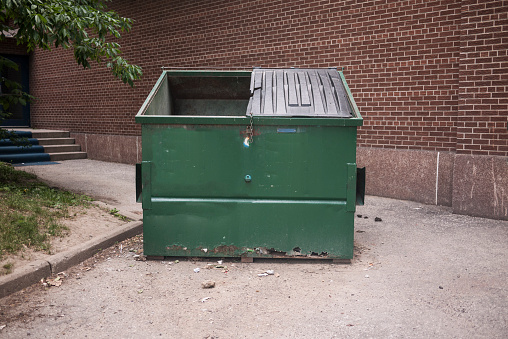If you run a restaurant, then you know that the kitchen is where the magic happens. It’s expected that the kitchen produce waste. However, if you think that that waste is simply going to appear out of thin air and dissipate into the ether, then you would be mistaken. The stuff ends up in the dumpster. The trick is to make sure that the stuff doesn’t accumulate and end up being more than what the dumpster can handle.
1. What Is A Dumpster?
A dumpster is a type of receptacle that is placed on an area where the garbage is made in bulk. It is the place where the garbage is dumped and kept. Most dumpsters are cylindrical in shape, but there are different sizes to choose from. The dumpster is made up of two parts, the top part where the garbage is dropped and the bottom part where the garbage is stored. The bottom part is also known as the container and the top part where the garbage is dropped is also known as the lid. The dumpster is a type of receptacle that is used to store the waste. It is the place where the garbage is dumped and kept. The dumpster is usually noisy and the noise may be irritating to the surrounding people.
2. How They Can Help The Hotel Sector?
Waste management is of great importance to any business, let alone the hotel industry where a great amount of resources are being used. On some days, the amount of waste can equal the waste generated during the whole week. All of this waste can be separated into three categories: recyclable, burnable and non-burnable. The recyclable waste includes paper, plastic and food waste, which can be recycled. The non-recyclable waste includes everything else like metal, wood, glass, construction waste and etc. The burnable waste can be burned in a furnace or boiler to produce heat or electricity. The non-burnable waste can be used as landfill. Nowadays, the hotel industry is becoming more and more aware of its impact on the environment and is trying to reduce its waste by providing separate waste bins for recyclable, burnable and non-burnable waste and also by recycling, composting and burning some of its waste. It is estimated that hotels produce about 50 million tons of waste each year. One of the easiest ways to reduce your waste and costs is to rent a dumpster.
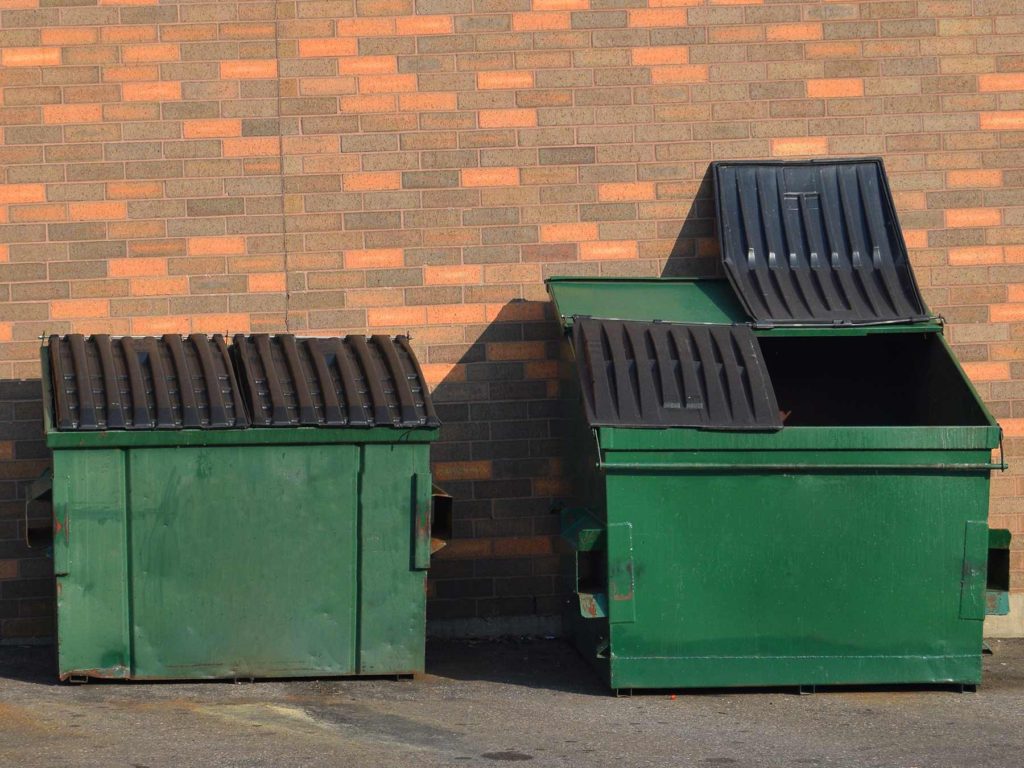
3. What Is The Cost Of Waste Removal?
When it comes to waste removal, the numbers are staggering. In the hotel industry alone there is a ton of waste to deal with. Food, paper products and cleaning items are just a few of the items that contribute to the waste in a hotel. It is a big enough issue that some hotels have recycling programs and composting programs to deal with the waste. Unfortunately, not all hotels are as environmentally conscious as others. Some even join in a “trash the dress” campaign that is really just a photo shoot that creates a ton of waste. The sad part is that all of this waste can be diverted from landfills and recycled or reused. The only thing that is required is a Dumpster for waste removal.
4. How Can You Get Yourself A Dumpster?
Dumpster is a word of Anglo-Saxon origin that appears in the Oxford Dictionary. It means trash bin. In the hotel business, Dumpster is a means of waste removal. It is usually a large steel container with a sliding door, which is lifted by a crane, or by a forklift truck. The waste containers are available in different sizes and they have different prices depending on the size, but all of them are considerably cheaper than the waste removal services provided by companies. To get a dumpster, you should apply to the company that provides rental dumpsters to the customers.
5. How To Use A Dumpster
Every day is different, and sometimes a week’s worth of garbage is produced in the hotel sector on a single day alone. One of the main reasons for this is the hotel’s location. The hotel’s location affects the number of people who come to the hotel, so the waste generated in the hotel will also vary. In addition, the size of the hotel itself also affects the waste generated. If the hotel is large, then the excess waste will also be much more. All those can be removed by Dumpsters. Dumpsters for hotels come in various sizes, ranging from the smallest dumpster to accommodate waste in the hotel or in a restaurant, to large dumpsters for those who are preparing to have a large event.
Conclusion:
Are you looking for a way to get rid of waste? A dumpster can help you remove all your waste as soon as possible.

